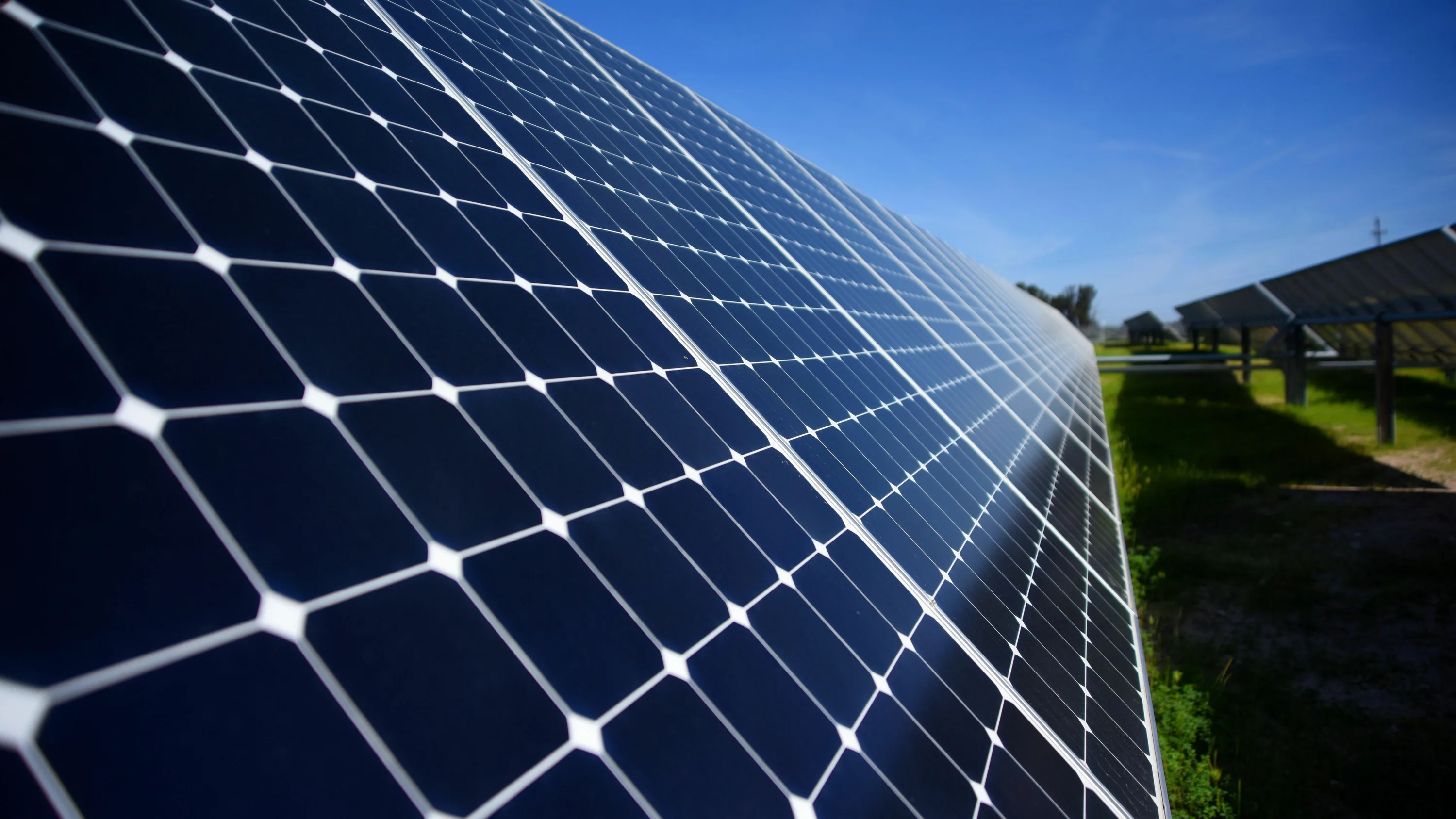Manav Srikant
24/07/2025This article clearly explains the advantages of residential solar. I've been considering it for a while, and the points about energy independence and property value are very persuasive. Good job!

The global energy landscape is undergoing a significant transformation, driven by a collective imperative for sustainability and a growing awareness of environmental impact. As traditional energy sources face increasing scrutiny and volatility in pricing, households worldwide are seeking more resilient and eco-conscious alternatives. This shift isn't merely a trend; it represents a fundamental rethinking of how we power our homes and communities, moving towards solutions that are both environmentally sound and economically sensible for the long term.
Within this evolving context, residential solar power has emerged as a beacon of innovation and practicality. It offers homeowners a tangible way to harness the abundant energy of the sun, transforming their properties into active participants in the clean energy revolution. Beyond the immediate environmental benefits, adopting solar technology provides a pathway to greater energy independence, shielding households from fluctuating utility costs and contributing to a more stable personal energy future. It’s about taking control of your home's power generation.
The decision to transition to solar extends beyond mere utility bill reductions. It signifies a commitment to a greener planet, reducing carbon footprints and fostering a healthier environment for future generations. Moreover, homes equipped with solar panels often see an appreciation in their market value, making it a sound long-term asset. The continuous advancements in solar technology have made systems more efficient, durable, and aesthetically integrated, dispelling previous concerns about their visual impact or operational complexity.
While the initial setup of a solar energy system might seem like a considerable undertaking, the long-term advantages often outweigh the upfront considerations. Modern solar solutions are designed for longevity and minimal maintenance, providing reliable power for decades. Understanding the nuances of system design, installation, and available incentives is key to making an informed decision, ensuring that homeowners select a solution perfectly tailored to their specific energy needs and lifestyle.
Navigating the journey to residential solar can be complex, given the array of technological choices and regulatory frameworks. This is where expert guidance becomes invaluable. Sylvoraaffi is dedicated to empowering homeowners by simplifying this transition, offering comprehensive support from initial consultation to system activation. Our approach ensures that every step is clear, transparent, and aligned with your aspirations for a more sustainable and energy-efficient home, making the switch to solar accessible and rewarding for everyone.
Experts in renewable energy consistently highlight the remarkable advancements in photovoltaic (PV) technology. Modern solar panels boast significantly higher efficiency rates compared to those from even a decade ago, meaning they can generate more electricity from less surface area. This technological evolution not only makes solar power more effective but also broadens its applicability to a wider range of residential properties, including those with limited roof space or less-than-ideal sun exposure. The ongoing research promises even greater efficiencies.
Government policies and local initiatives play a crucial role in accelerating residential solar adoption. Many regions offer various incentives, such as tax credits, grants, and net metering programs, which allow homeowners to send excess electricity back to the grid for credit. These supportive frameworks significantly reduce the effective cost of installation and enhance the economic attractiveness of solar power, making it a more accessible and appealing option for a broader demographic of homeowners.
A common point of discussion revolves around the intermittency of solar power – the fact that panels only generate electricity when the sun shines. However, industry specialists emphasize that this challenge is increasingly being mitigated through advanced grid integration technologies and the proliferation of home battery storage systems. These solutions ensure a consistent power supply, either by drawing from the grid when solar generation is low or by utilizing stored energy, thereby enhancing the reliability of residential solar setups.
From a long-term economic standpoint, residential solar installations are increasingly viewed as a wise financial decision. While an initial investment is required, the consistent reduction in utility expenses over the system's lifespan, coupled with potential increases in property value, presents a compelling case. Maintenance costs are typically low, primarily involving occasional cleaning and routine inspections, ensuring the system operates at peak efficiency for many years. This sustained value contribution makes solar an enduring asset.
Moreover, the decentralized nature of residential solar contributes to overall grid stability. By generating power closer to the point of consumption, it reduces strain on centralized power plants and transmission infrastructure. This distributed generation model enhances energy security and resilience, making communities less vulnerable to large-scale power outages. Sylvoraaffi’s approach emphasizes robust system design that aligns with these broader energy infrastructure benefits, ensuring homeowners contribute positively to a resilient energy ecosystem.
The journey towards residential solar power is more than an upgrade; it's an embrace of a forward-thinking lifestyle that prioritizes sustainability, economic prudence, and energy independence. The confluence of technological innovation, supportive policies, and growing environmental awareness makes now an opportune moment for homeowners to consider this transformative step.
By adopting solar, you not only secure your home's energy future against rising costs but also become a vital part of a global movement towards cleaner, more sustainable energy practices. The benefits are multifaceted, touching upon personal finance, environmental stewardship, and the enhancement of your property's overall value and resilience.
Making an informed decision is paramount, and understanding the available options and processes is key. Sylvoraaffi stands ready to guide you through every phase of this exciting transition, ensuring a seamless and rewarding experience as you unlock the full potential of solar energy for your home. Begin your path to a brighter, more sustainable future today.

This article clearly explains the advantages of residential solar. I've been considering it for a while, and the points about energy independence and property value are very persuasive. Good job!

I appreciate the breakdown of rooftop vs. ground-mounted systems. It helps clarify which option might be best for different types of homes. However, I'd be interested in knowing more about the actual installation timeline.
The information about government incentives is helpful, but it would be great to have a specific example or two of these programs, even if they vary by region. It makes it feel more tangible.

Thank you for your positive feedback! We're glad the article resonated with you. Energy independence and enhanced property value are indeed significant benefits that many homeowners discover when switching to solar.

We're happy to hear the application breakdown was useful! Regarding installation timelines, they typically vary based on system size and local permitting. Our team at Sylvoraaffi provides a detailed project schedule during the initial consultation, ensuring full transparency for our clients.

That's a valid point! While specific incentives can differ geographically, common examples include federal tax credits, state-level rebates, and net metering policies. We encourage homeowners to consult with our experts at Sylvoraaffi, who can provide up-to-date information on programs applicable to their specific location.
Comments